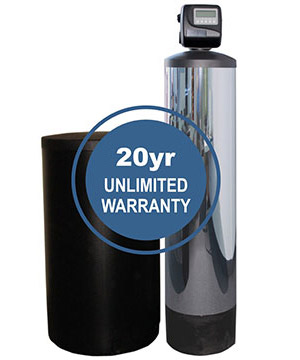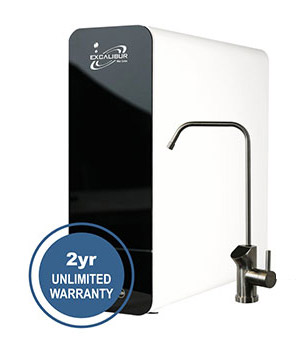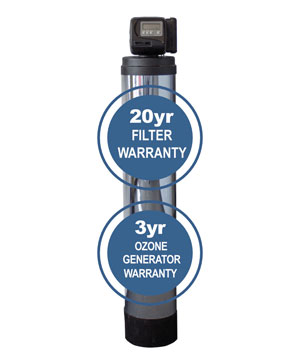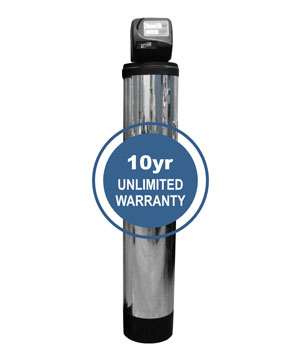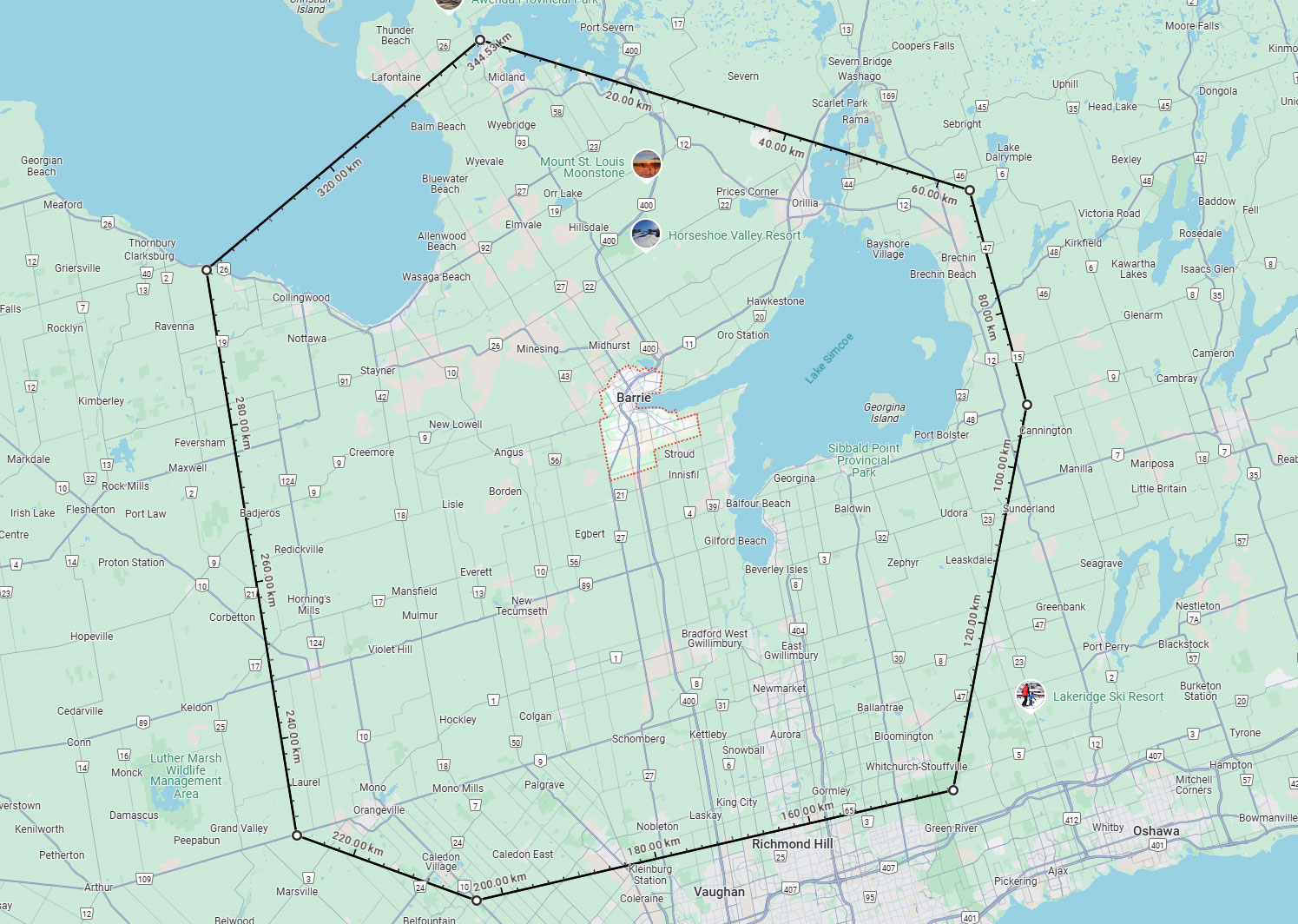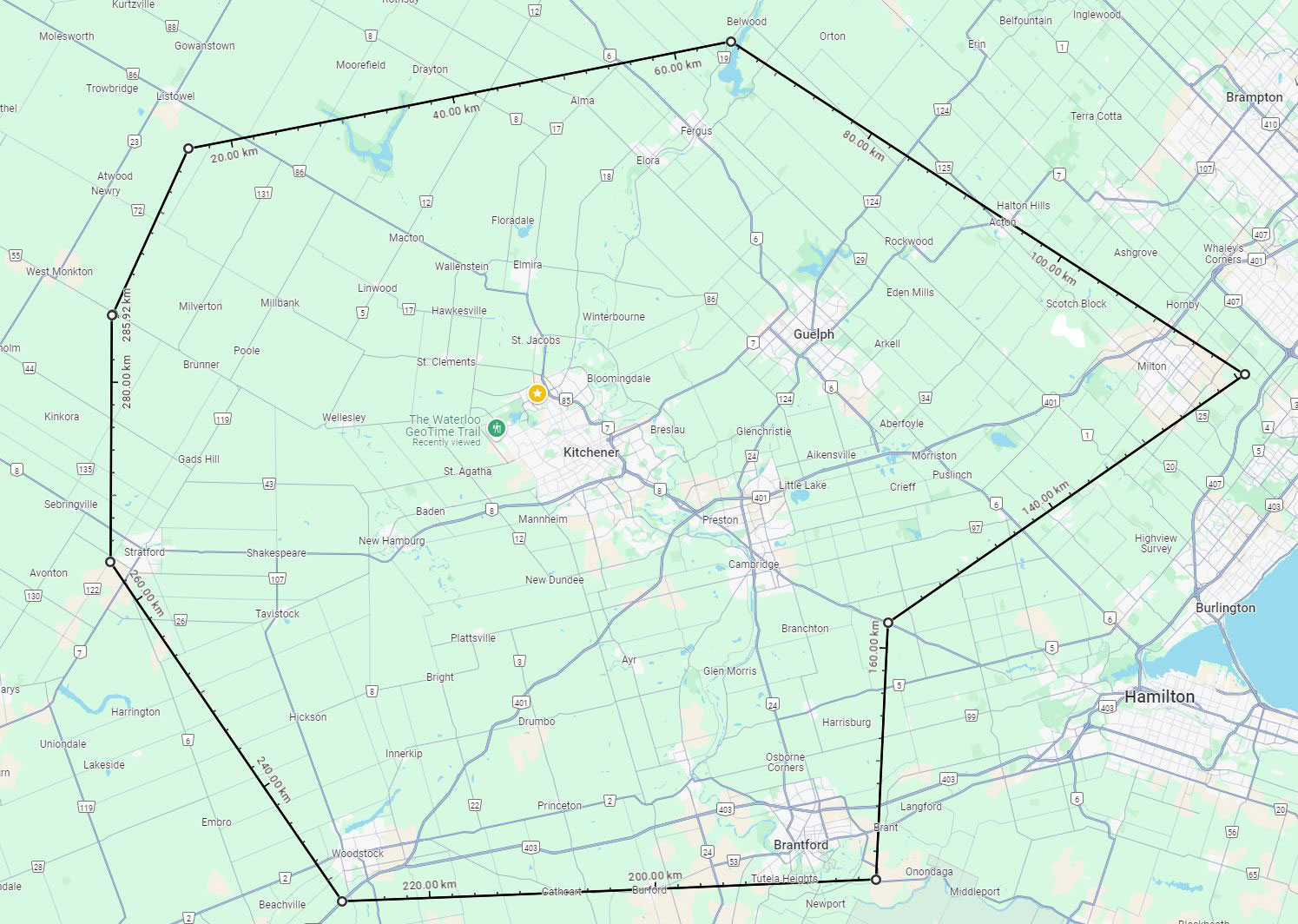Water Softeners & Water Treatment Solutions in Barrie & Waterloo
Transform Your Home's Water Quality TodayExpert Water Softener Solutions
Transform your home's water quality with our premium water softeners. Experience the benefits of soft water:
Explore Water Softeners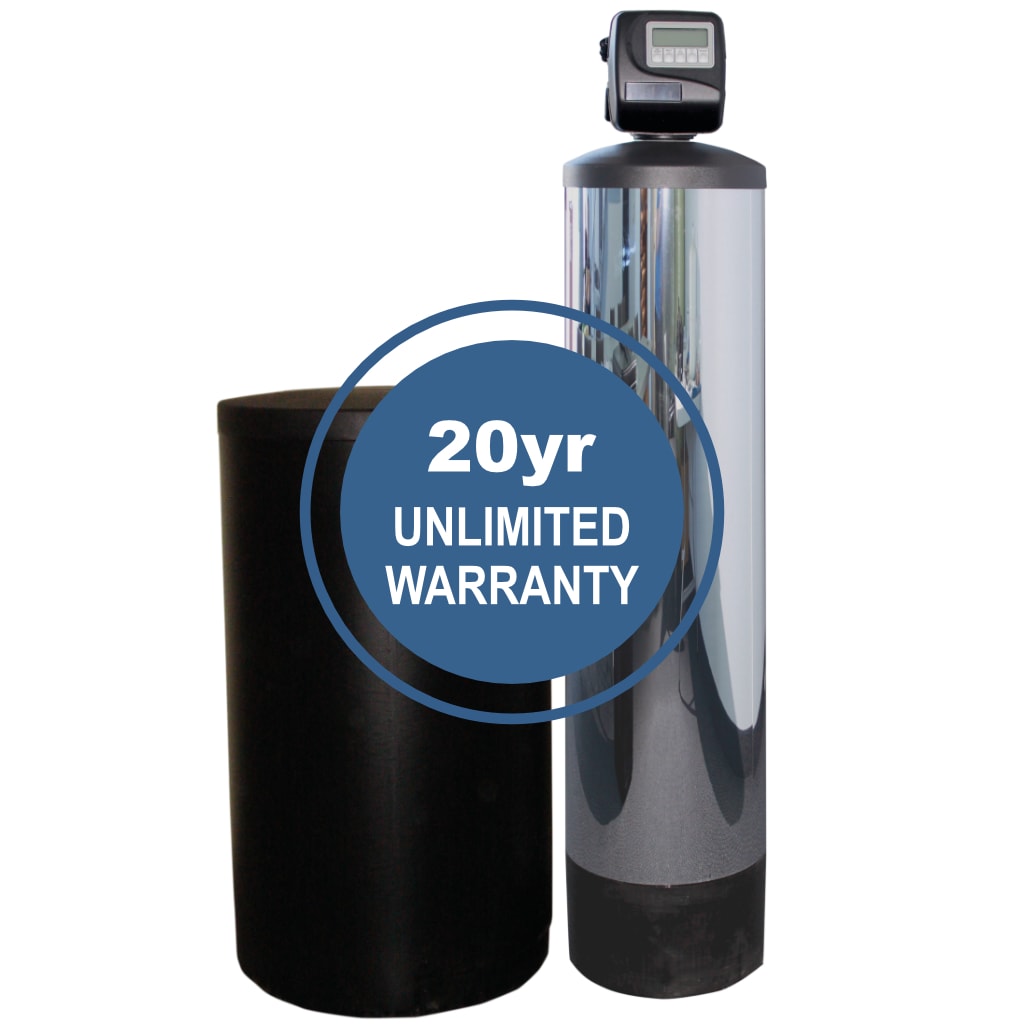
Complete Water Treatment Solutions
Discover our comprehensive range of water treatment systems designed to provide your home with pure, clean water.
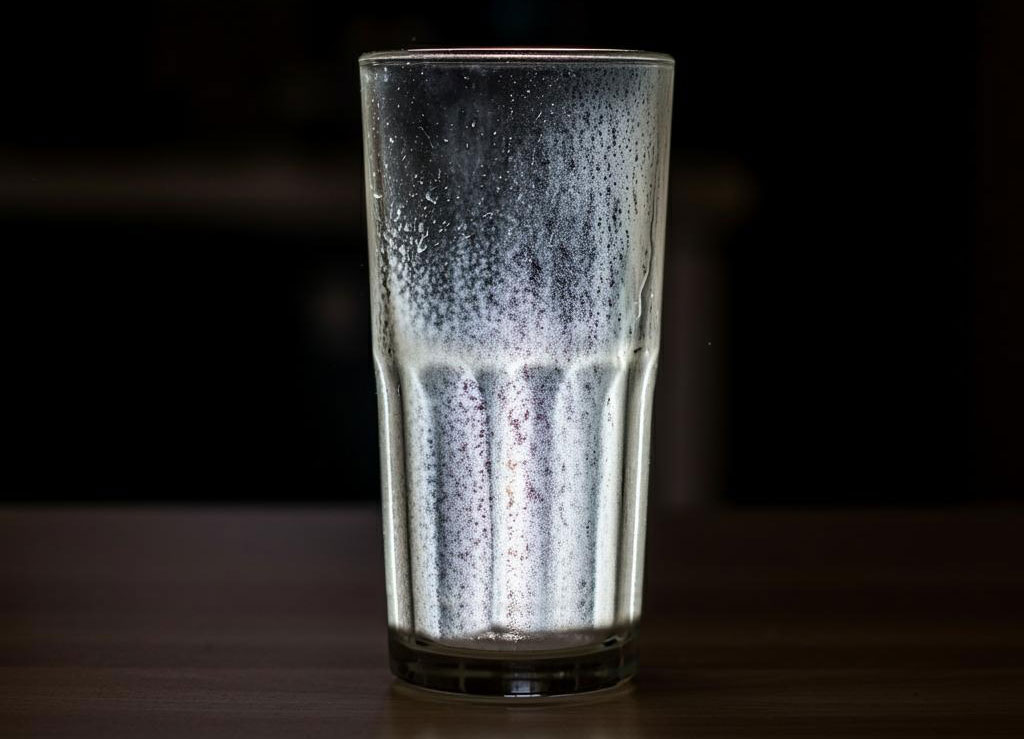
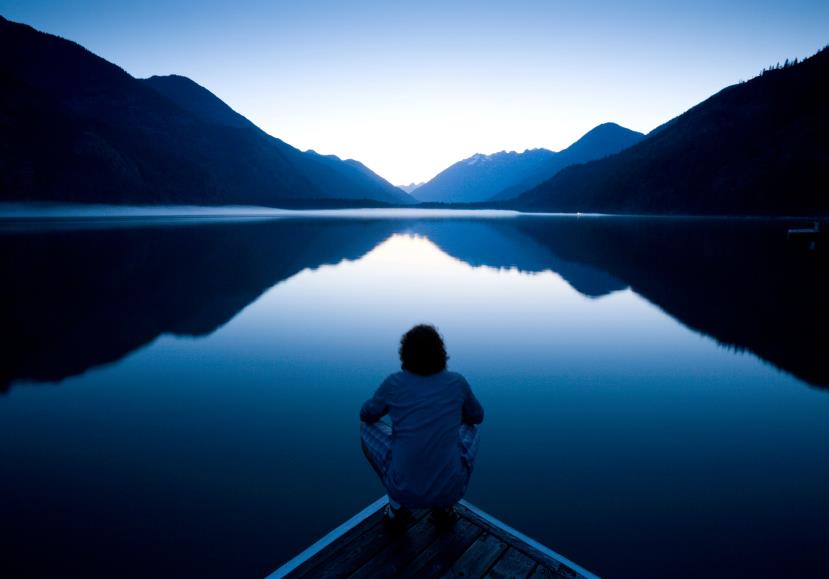
About Purisoft Water Solutions
Purisoft Water Solutions is family owned and operated. Our family is committed to providing your family with pure, healthy, soft water.
Our customers receive friendly, reliable and uncompromising service. We also offer professional installation on all our products!
Professional Installation
Family Owned & Operated
Expert Service
Quality Products
Tom was very professional and knowledgeable. He took the time to explain everything about the water softener and RO system. The installation was done neatly and efficiently. We are very happy with the quality of water now.
Mike was great to deal with. Very knowledgeable and professional. He took the time to explain everything and answer all our questions. The installation was done perfectly and the water quality is amazing.
Excellent service from start to finish. The water softener has made such a difference in our home. No more hard water stains and our skin feels so much better. Highly recommend Purisoft!
We had our water softener installed by Tom and couldn't be happier. He was punctual, professional and did an excellent job with the installation. The difference in our water quality is remarkable.
Mike installed our RO system and water softener. He was very thorough in explaining the systems and made sure everything was working perfectly. Great service and great products!
After dealing with hard water issues for years, we finally got a water softener from Purisoft. The installation was quick and clean, and the results were immediate. Our appliances are now protected and our laundry is softer.
Our Service Areas
Serving Barrie, Kitchener-Waterloo and surrounding areas with quality water treatment solutions
Barrie Office
Serving Barrie and Simcoe County
Contact: Tom Long – Owner Operator
Waterloo Office
Serving Kitchener-Waterloo Region
Contact: Mike Nanut – Owner Operator

